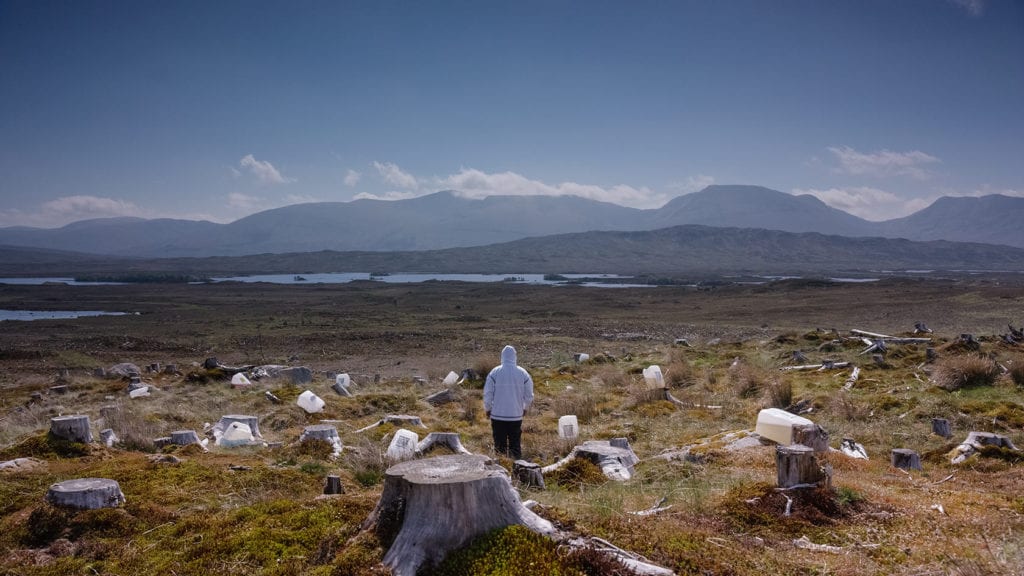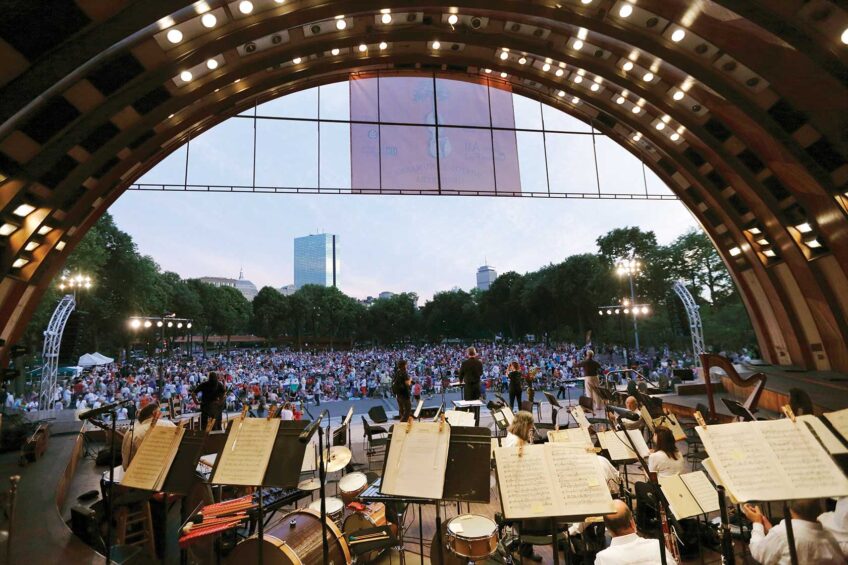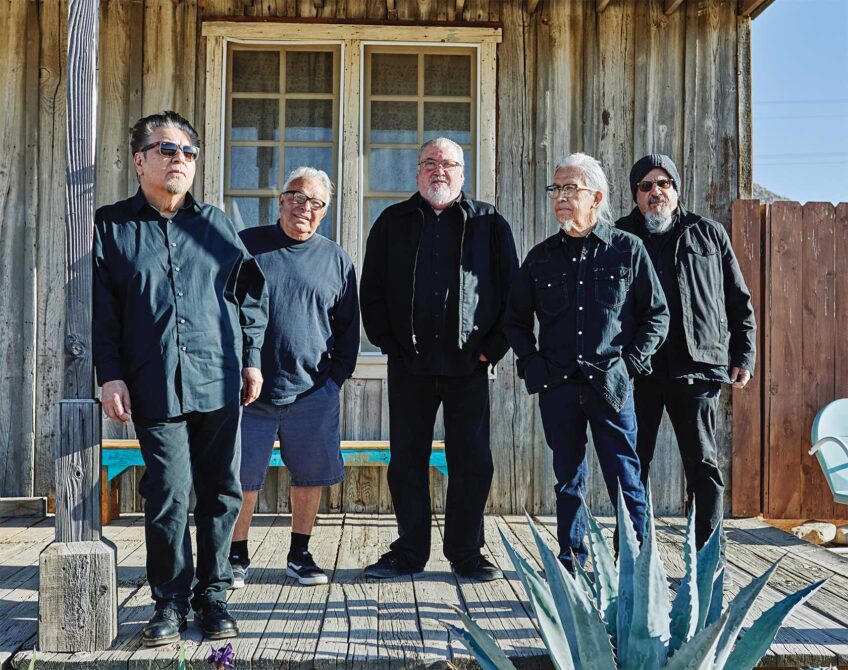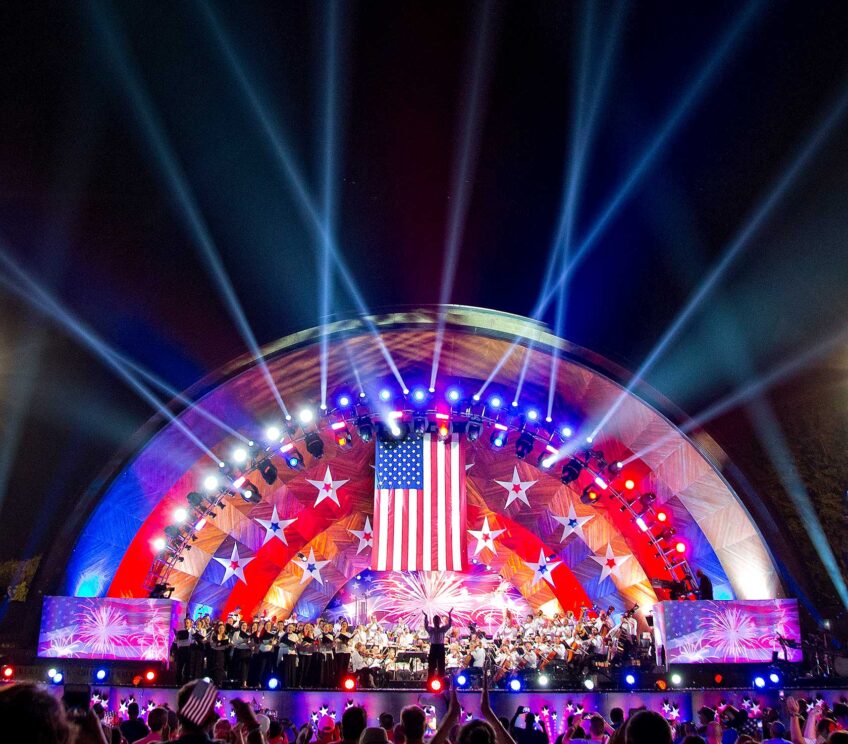
John Akomfrah’s immersive six-channel video installation “Purple” kicks off the summer season at the ICA Boston’s Watershed location in East Boston, running through Sept. 2. Akomfrah composed the 62-minute piece by fusing archival footage with new scenes from 10 countries across the globe. All of the new footage was shot in locations with fragile ecosystems due to climate change, like Alaska, Greenland, Tahiti and French Polynesia. Though not narrative, “Purple” speaks to the climate change that has damaged the earth’s landscape during the last hundred years.

Image from John Akomfra’s “Purple.” IMAGES COURTESY LISSON GALLERY, SMOKING DOG FILMS.
“’Purple’ is incredibly resonant because of the subject it addresses, which is that humans have impacted the world around us,” says curator Eva Respini. “And how our activity in the last century has affected our present in everything from technological progress to environmental concerns.”
The archival footage ranges in subject matter, while the new footage primarily shows people standing in front of vast landscapes that may no longer exist in the future. Some of the landscapes are already strewn with trash and fading in color. The dancing, dining and everyday life depicted in the archival footage won’t be possible without the ecosystem to back them up.

Image from John Akomfra’s “Purple.” IMAGES COURTESY LISSON GALLERY, SMOKING DOG FILMS.
“This is one of the important issues of our day, but the way he approaches it is not as a scientist or a journalist but as an artist,” says Respini. “It’s a kind of poetic meditation; it’s an exploration of a planet that’s beautiful but perishing. It’s not a lecture or a finger-wagging — there’s great beauty and poetry in the work as well.”
Akomfrah is a founding member of the Black Audio Film Collective and the film and television production company Smoking Dogs Films. His work has been shown internationally. “Purple” was co-commissioned by the ICA and several other institutions around the world and this is its U.S. premiere.
The installation bears particular resonance in the Watershed, a former copper pipe and sheet metal factory in an area that is both on the water and ingrained in industry. Remnants of that industrial past and the impact it may have had on the harbor remain in the architectural features of the Watershed, for example the train tracks in the floors.
“East Boston is a place that historically has been a landing spot for immigrants, so that history is interwoven in the very fabric of the community,” says Respini. “For me it seems only natural that we would present a piece that considers rising tides in a place that’s right on the harbor, a work that considers past industries’ effect on the planet where the ghosts of those past industries are present.”







